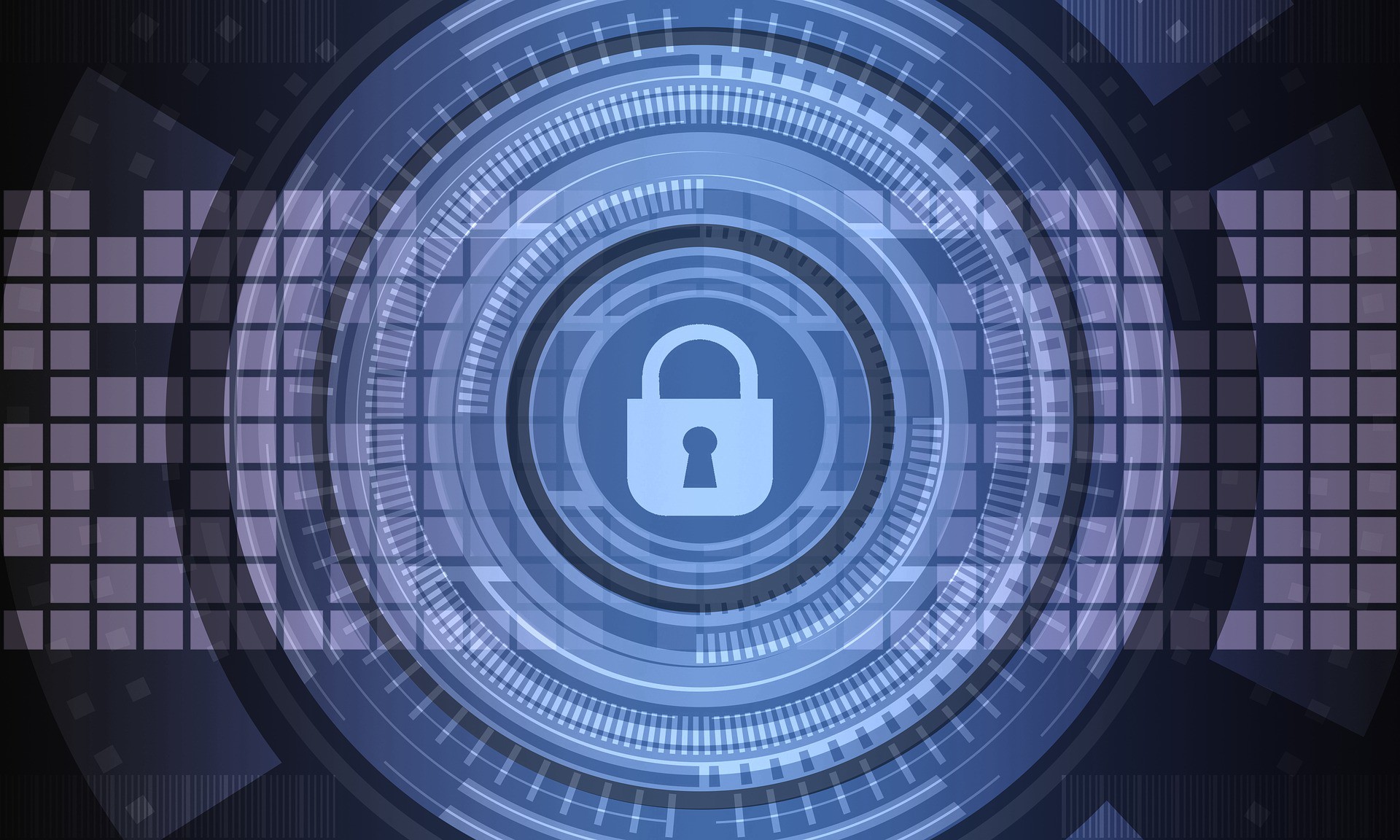MSPs offer services that require trusted network connectivity and privileged access to customer systems. To protect their customers, MSPs need to implement best practices and policies that mitigate risks.
For example, they should restrict access permissions for cloud admin accounts to key team members and use MFA for all account logins. Additionally, they should regularly back up their internal and customer data and test recovery capabilities.
Deploy a Contingency Plan
MSPs handle significant volumes of sensitive data and act as gateways to their client’s systems. This makes them natural targets for malicious actors, but implementing the right cybersecurity practices can help protect their systems and clients’ data. A key aspect of cloud MSP security involves deploying robust backup and recovery protocols. This includes ensuring that multiple backups exist, that each is stored in an isolated system from the MSP network, and that all backups are encrypted and offline. MSPs should also use software tools that scan for malware and other environment vulnerabilities.
Another crucial aspect of MSP security is deploying robust patch management tools that ensure that the latest updates are deployed to all systems in the network. This is because outdated hardware and software are a target for cybercriminals and can be exploited to launch zero-day attacks and other threats.
In addition, MSPs should deploy a comprehensive backup and recovery plan incorporating local storage media and cloud-based solutions. This will help protect MSPs from any potential disruption in service due to high traffic volume or an unplanned event like a server going down. In addition, the backups should be tested and monitored regularly to ensure they function properly.
Implement Authentication
One of the best things MSPs can do to protect their customers’ data is to implement strong authentication. This can be accomplished by using SAML, enforcing two-factor or MFA for all user accounts, and deploying a strong password policy. By implementing these measures, unauthorized access can be prevented even if usernames and passwords fall into the wrong hands.
In addition to requiring multifactor authentication, MSPs should consider using a cloud-based DLP solution. These solutions offer API-based security that can be deployed at the MSP-customer boundary to protect the data in managed and unmanaged applications and devices. These are especially effective for protecting against threats like data breaches or phishing attacks from unmanaged devices and endpoints.
Another security measure that MSPs should implement is limiting unsecured access points in their network. This can be done by regularly monitoring and updating firmware and software. Keeping systems up to date is important because cybercriminals always look for ways to exploit outdated technologies. By using a SIEM tool, it’s easy to detect these vulnerabilities. Then, MSPs can take immediate action to fix them before attackers do. This will minimize the impact of a breach and ensure that only valid users are granted access to data and infrastructure.
Encryption
MSPs should ask their providers how they protect various access components of the infrastructure. They should also ensure their cloud provider uses encryption when data is in transit and at rest. This helps prevent hackers from reading the information if it is intercepted or stolen and provides a layer of protection for customers.
Encryption is also critical when using mobile applications and other third-party software. It’s important to know what permissions each application requests before installing it and only to download apps from trustworthy sources. Some harmless apps may be mining your device’s data and sending it to others without your knowledge.
Another way to enhance MSP security is to implement multifactor authentication (MFA) for all users. This requires a combination of data points to verify a user is who they say they are, such as biometrics, a code sent to a smartphone, login from a trusted device, or context-based information. MSPs should also regularly monitor their logs to look for anomalous activity. This will help them detect any glitches that attackers can exploit and deploy appropriate countermeasures in time to avoid a breach. Robust backup and recovery protocols are essential in MSP security, as well. This includes storing multiple backups on different local and cloud-based systems and ensuring they are tested and monitored regularly.
Regular Log Monitoring
MSPs are a gateway to their client’s data systems and networks, making them prime targets for cyber attackers. To prevent this, MSPs must follow security best practices to ensure the safety of their systems and their clients.
For example, they should regularly monitor and assess the integrity of all cloud systems and servers to identify vulnerabilities and suspicious activity that could lead to a cyberattack. This is critical to the success of an MSP, and it can be achieved through several solutions, including network scanning tools, firewalls, and automated system inventories. Using account monitoring can also help prevent misconfigurations allowing attackers to move laterally through a client’s infrastructure.
It’s also essential for MSPs to keep their systems updated with patches and updates. Outdated hardware and software provide a prime target for cybercriminals and can be exploited by malicious code.
MSPs should also maintain multiple backup systems to protect their customers from data loss. These backups should be completely isolated from the MSP’s system network and encrypted with offline encryption keys. Additionally, they should have a process for regularly testing these backups to ensure their integrity.







